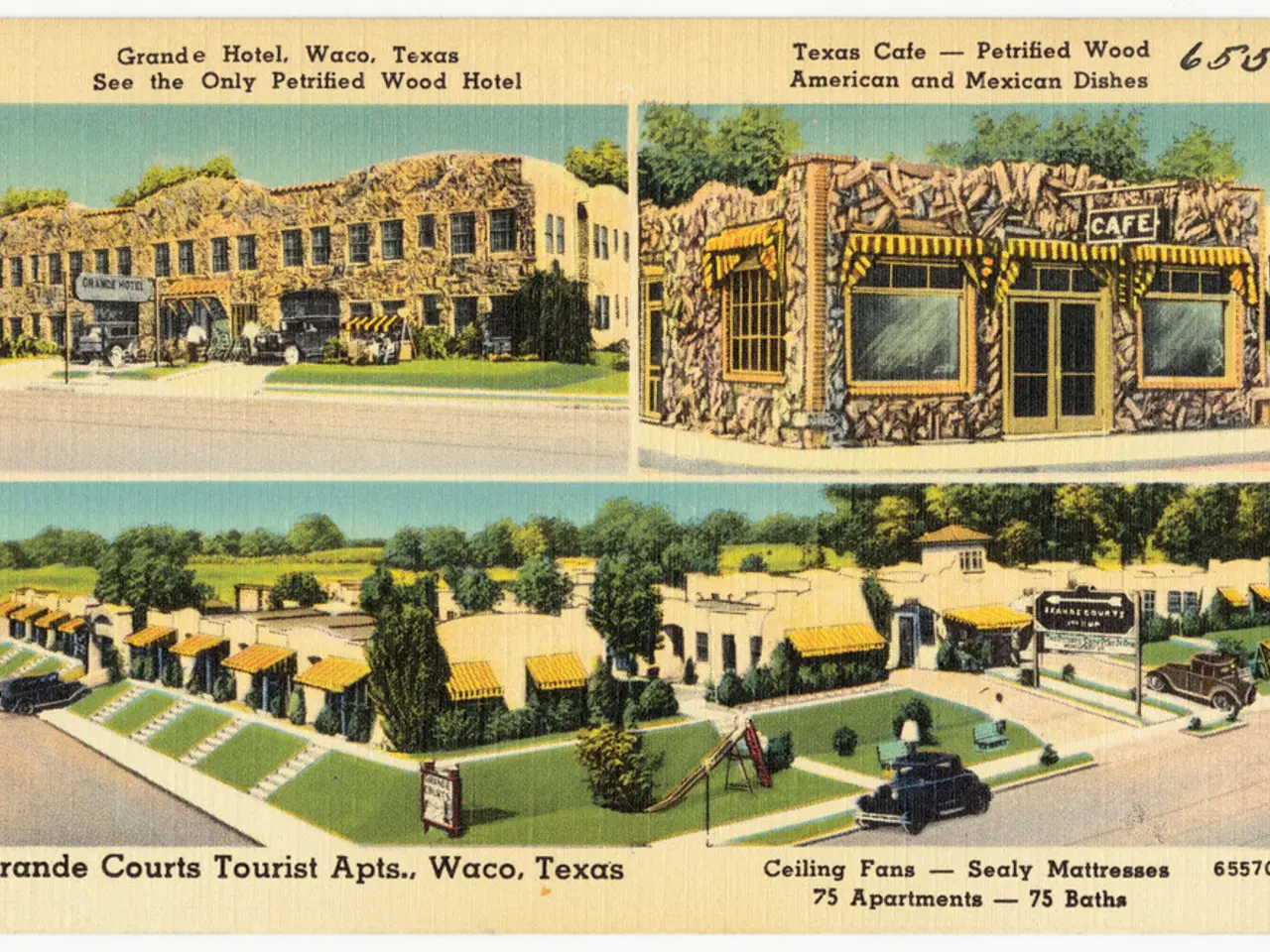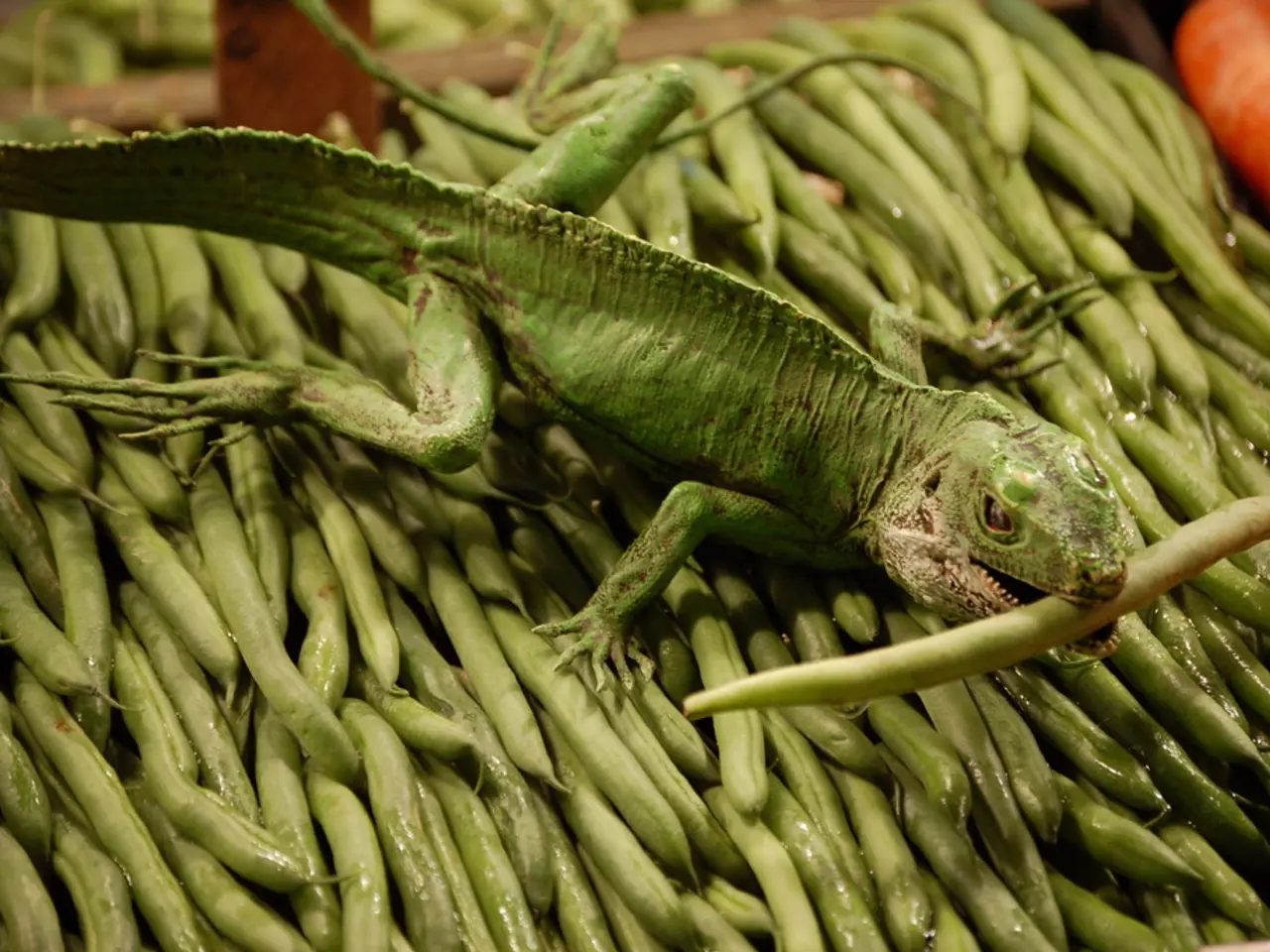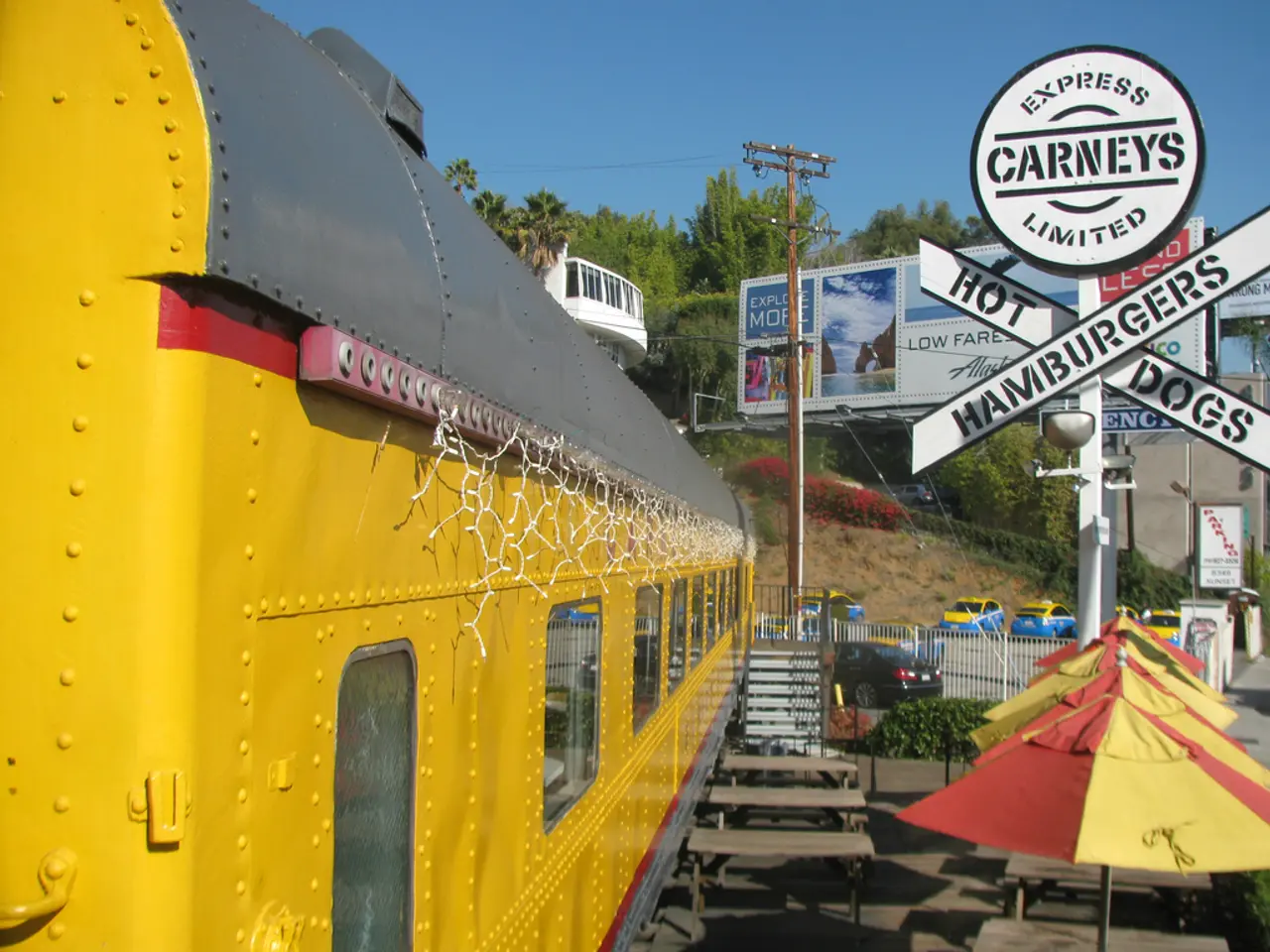Melbourne's thriving street art scene attained international fame
In the heart of Australia's cultural hub, Melbourne, a unique blend of creativity and community spirit thrives, most notably in the form of its street art. This dynamic urban art movement, distinct and removed from external influences, has transformed the city's laneways into a vibrant tapestry of colours, ideas, and stories.
The key differences between street art and graffiti in Melbourne's cultural identity lie in their artistic styles, purposes, and public perceptions.
Graffiti, often associated with raw, underground artistic roots and youth culture, primarily focuses on lettering and stylized signatures. Foundational elements of street art culture, graffiti artists like those who once made Blender Lane their canvas, create their works with spray paint, featuring dramatic, bold colours.
In contrast, street art encompasses a broader range of creative forms beyond lettering. Murals, stencils, paste-ups, 3D art, sculptures, stickers, and other mixed media techniques are all part of the street art repertoire. Street art is often more accessible, diverse in style, and used to revitalize urban spaces and share cultural narratives or social and political messages.
Melbourne’s street art includes well-known murals that brighten up neglected spaces and employs techniques like stenciling, popularized by international artists such as Banksy and Blek le Rat, which have become integral to Melbourne's laneway culture.
Hosier Lane, AC/DC Lane, Blender Lane (new Blender Lane), Maloney Lane, and Fitzroy are recommended locations to see street art in Melbourne. Each of these laneways offers a unique perspective on the city's artistic evolution, from the raw, early days of graffiti to the more polished, conceptually deep street art that characterizes the city today.
Street art reflects a more mainstream acceptance and celebration of urban creativity and community engagement, helping transform Melbourne’s laneways into tourist attractions and hubs of local pride. Institutions now collaborate with street artists, but there are caveats, such as organizations wanting "big, beautiful murals" instead of the original essence of street art.
UB, a Korean-born, Melbourne-based artist, exemplifies this shift. Participating in the City of Melbourne's Flash Forward program, UB created a colorful, interactive laneway installation inspired by shadow puppets. UB believes art should be around people in general and thinks having art on the street is important.
The face of Melbourne street art is changing, with the artform under threat from development. Many laneways have skyscrapers built next to them or are being destroyed to make way for apartments. Despite these challenges, Melbourne's street art culture has fostered a sense of camaraderie and collaboration between artists.
Street art is now a multi-million dollar industry for Melbourne, attracting thousands of tourists annually. The city's street art aesthetic originated from a "very heavy stencil movement" and has expanded beyond traditional laneway painting to include sculptures, installations, and textile-based street art.
In summary, Melbourne's street art scene is a testament to the power of urban creativity and community engagement. Whether it's the raw, rebellious spirit of graffiti or the polished, conceptually deep street art, these artistic expressions play complementary roles in shaping Melbourne's vibrant and internationally recognized laneway culture and cultural identity.
References: 1. Street Art Melbourne 2. Melbourne Street Art 3. Melbourne Street Art Tours
- The broad range of creative forms in street art, such as murals, stencils, and installations, not only revitalizes urban spaces but also contributes to Melbourne's home-and-garden aesthetic, transforming once neglected areas into refreshing, vibrant landscapes.
- As street art continues to evolve and flourish, it not only enhances Melbourne's lifestyle, becoming a significant part of its cultural identity, but also attracts tourists who seek unique, engaging, and culturally rich experiences, contributing to the city's home-and-garden industry.




